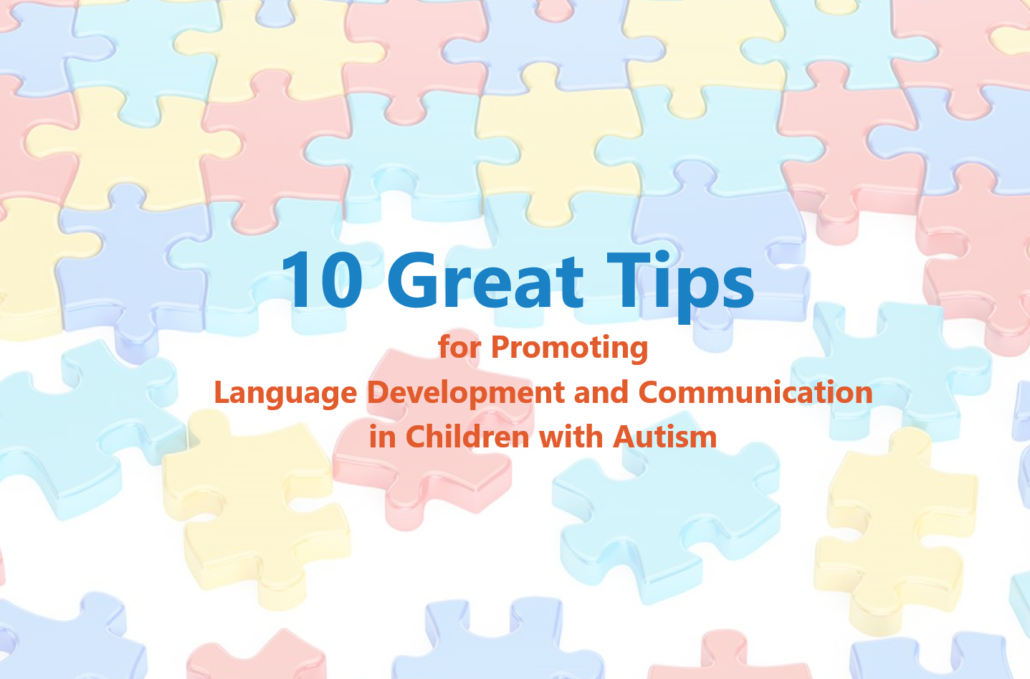Ten Top Tips for Promoting Language in Children with Autism
The diagnosis of autism often comes with the five-letter disclaimer: never
Your child will never speak, never go to college or never hold a job.
My experience as speech therapist has proven otherwise.
While there are never any guarantees in life for any child, the word never should never be used. The world is changing. New therapies are emerging. New Muppets are promoting acceptance. New success stories are being shared.
Here are our top ten tips from our Great Speech therapists for promoting language development and communication:
- Journal their journey. In the course of the journey, we often forget where we started and are easily distracted by unmet goals rather than progress. By journaling the process, we can create a visual map of progress without losing sight of the end goal.
- Repeat and reinforce. Repeat and praise every single sound your child makes. Then use that sound, for example, “dad” to expand to Daddy, dog, and down. Keep repeating and expanding. It may sound repetitive to you, and maybe even boring, but repetition can be ultimately rewarding.
- Speak less. While this may sound counterintuitive, bombarding a child on the spectrum with long sentences can be overstimulating and make it difficult to imitate. Try saying “Big Ball” rather than saying “Here is the Big Ball.”
- Use visuals. As therapists, we find using visuals to explain concepts like first and last, aka sequencing, or even to map out a daily schedule, concepts and ideas, enhances learning.
- Let your child lead. When it comes to a game, let your child choose what to play, where to play and with whom to play. Then interject your own language-related goals to add dimension to the activity.
- Confine for Contact. Use a high chair or booster for as long as possible. Buckle your child in to promote face-to-face communication, strong eye contact and increase focus and attention. If feeding is an issue, use two separate chairs, one for feeding and one for “other” so the negativity associated with food does not interfere with the chances of “other” successes
- Computers facilitate connections. As the founder of Great Speech, I have seen firsthand the all-around benefits of online vs .traditional speech therapy. But the use of technology is especially effective with children on the spectrum, who often have a natural affinity for computers rather than people.
- Include your child in the conversation. Our training and experience has proven how much children understand even when they do not speak.
- Join in speech therapy sessions whenever possible. The carryover of skills and strategies from the practice sessions are essential for success.
- Enter their space. Every child has an ideal personal environment which, when identified, can be a major factor in creating expectations for personal progress. Finding that personal zone is a challenging task. Experiment with the pitch of your voice, facial expressions, gestures, noise levels and animation until your find the combination which elicits the most response.
The tips are never ending. Are there any additional ones which have worked for you?
To learn more about how online speech therapy can help promote language in a child with autism, schedule your free call by clicking the button below.

